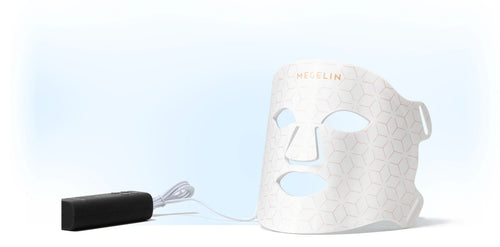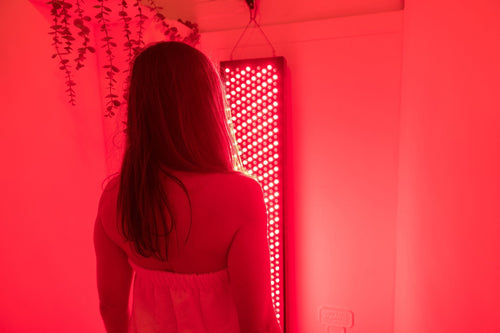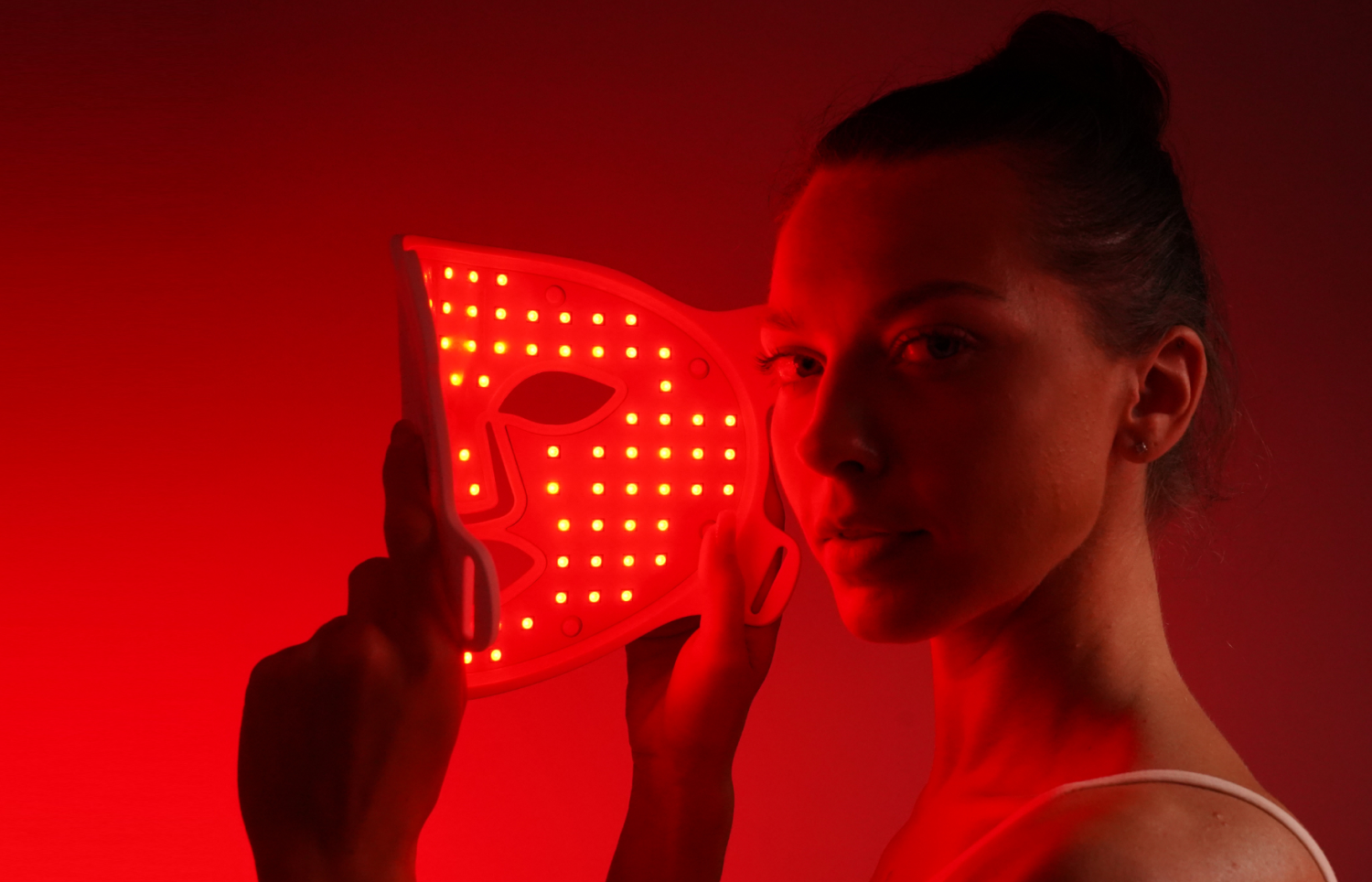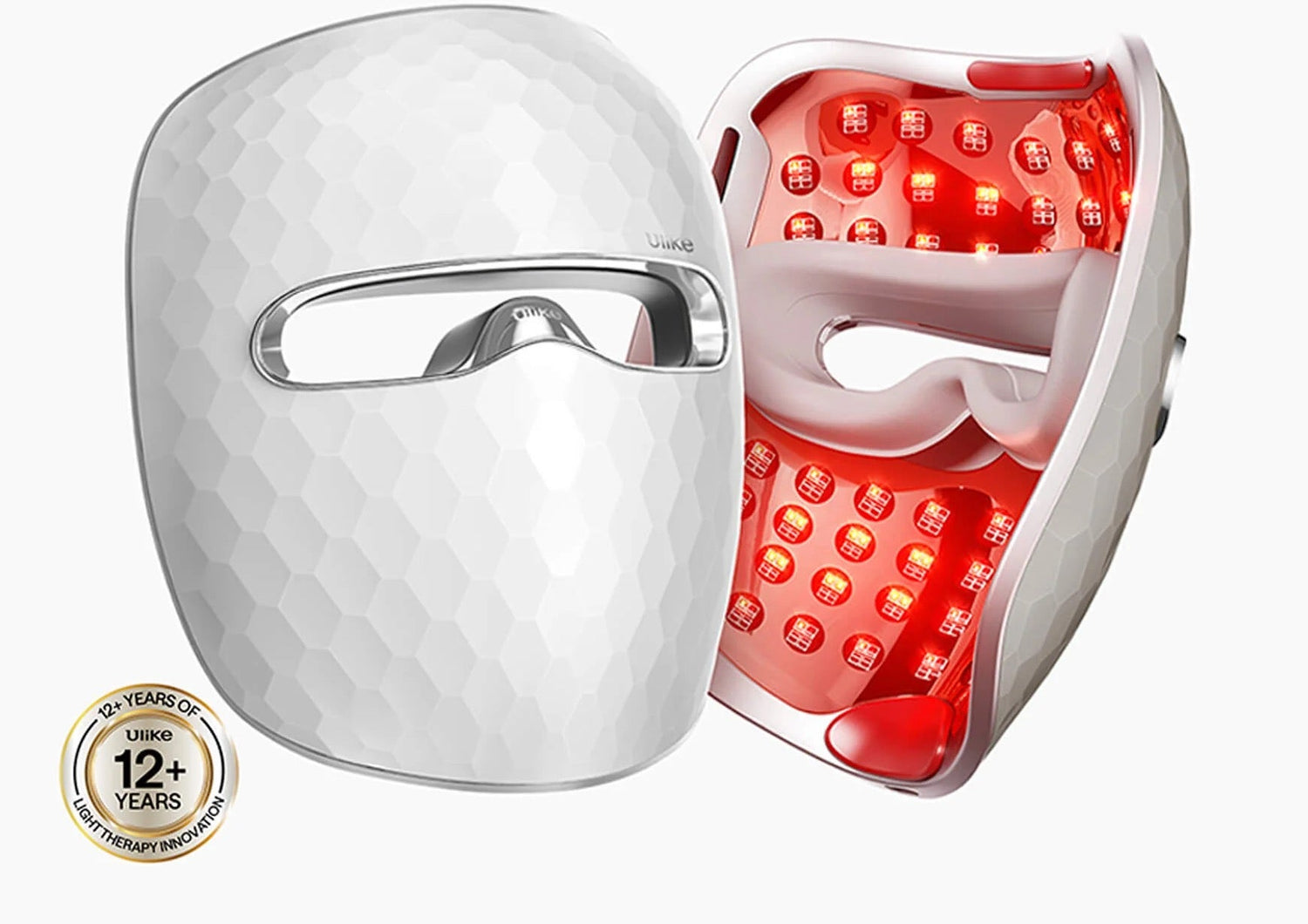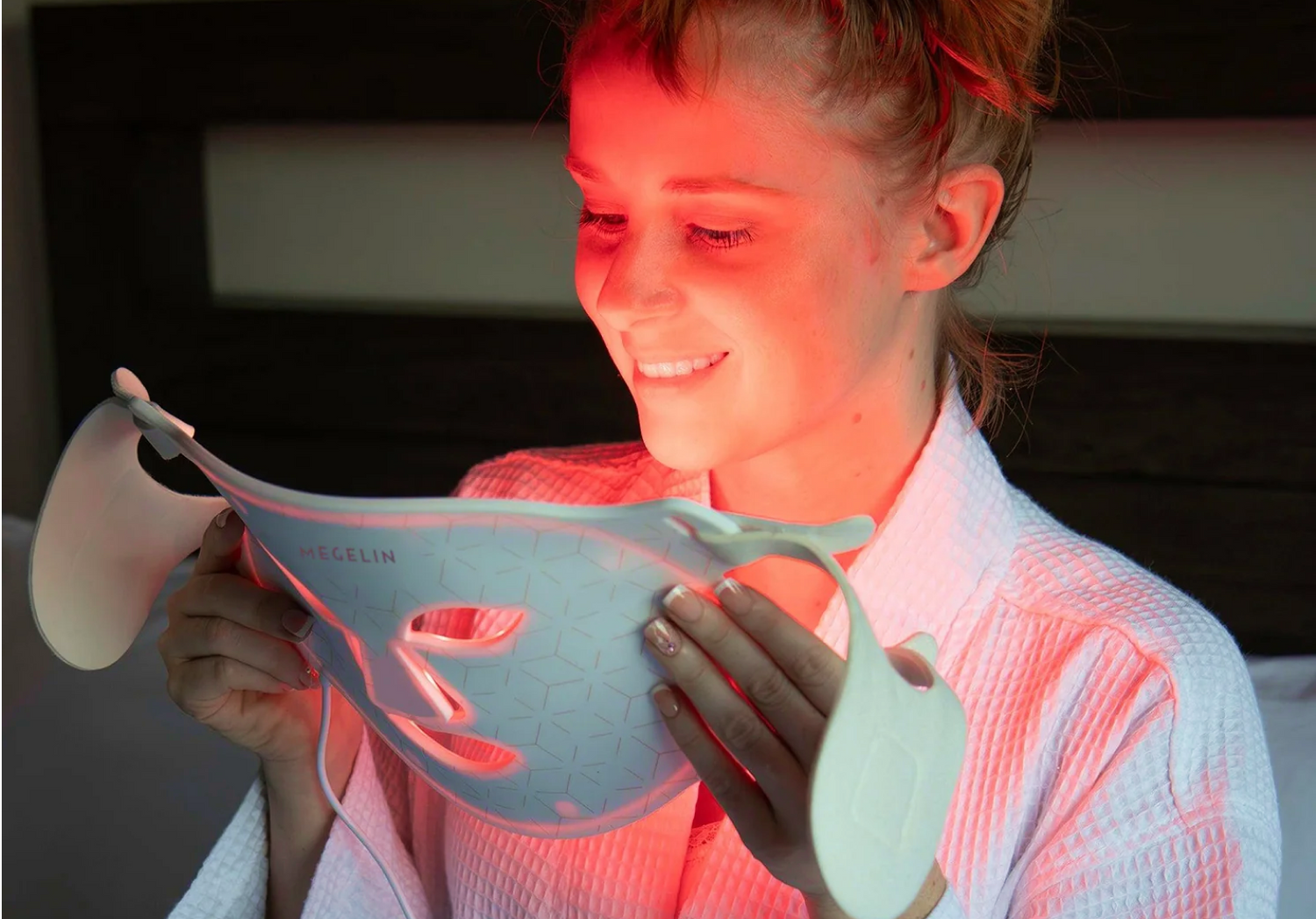
2025 Best 4 Red and Blue Light Therapy Masks for At-Home Skincare
While red light therapy is familiar to the general public because of its benefits for skin issues, not as many people know about the effects of blue light therapy on the skin. When some brands launch led therapy masks with blue light mode, will you wonder: what exactly does it do? Is it worth buying? This article will explain the difference and effects of red and blue light, and how to choose the best red and blue light therapy mask.
Red vs. Blue Light Therapy: What’s the Difference and Benefits?
Light therapy may seem futuristic, but it’s deeply rooted in dermatology. Dermatologists and clinics have used LED treatments for over a decade to improve skin health — and now, you can too, at home.
Red Light (630–660nm): Reaches deep into your dermis. It stimulates collagen, increases cell turnover, and boosts circulation. Ideal for fine lines, wrinkles, dullness, and loss of firmness.
Blue Light (415-480nm): Works on the surface level to kill acne-causing bacteria (like Propionibacterium acnes), making it perfect for oily, acne-prone skin.
The real magic happens when both lights are combined — targeting both breakouts and aging simultaneously.
Can You Use Red and Blue Light Together on the Face?
In fact, dual-light therapy with blue and red light is widely used in professional treatments.
- Red light helps reduce inflammation, stimulate healing, and calm the skin after blue light exposure.
- Blue light kills bacteria and helps shrink oil glands.
Many of today’s advanced at-home devices offer dual-mode settings, allowing red and blue light to work in sync — giving your skin the personalized balance it needs. Some blue and red light therapy masks provide various lighting modes and more targeted benefits. Let's see 4 popular masks' features:
Top 4 Red and Blue Light Therapy Face Masks in 2025
Below are the four most reliable and high-performance LED face masks you can confidently use at home in 2025:
Megelin 7 Wavelengths Light Therapy Mask
- Price: $179
- Wavelengths: 420nm, 460nm, 490nm, 550nm, 590nm, 630nm, 849nm
- Irradiance: 35mw/cm²
- Modes: 7 wavelengths modes
- Design: Full-coverage silicone with adjustable fit
- Best For: Beginners or multi-concern skin types
- Highlight: Budget-friendly with clinical-level coverage
- Why Recommend: It's rare to find a mask at this price point with both dual-light and a flexible design.
Omnilux Contour Face
- Price: $395
- Wavelengths: 415nm, 633nm
- LED Qty: 132 LEDs
- Irradiance: 30 mw/cm²
- Modes: Single mode
- Best For: Skin with active acne and blemishes, redness and inflammation
- Highlight: FDA-cleared, 30 days guarantee
- Why I Recommend It: Delivers clinical results with minimal irritation. Ideal for long-term skin health.
Dr. Dennis Gross DRx SpectraLite FaceWare Pro
- Price: $455
- Wavelengths: 630nm,660nm, 880nm,605nm,415nm
- Modes: 3 modes - Red only, Blue only, or Combination
- Design: Hard shell face shield with open eye area
- Best For: Time-conscious users and acne-prone skin
- Highlight: Just 3 minutes per session — powerful and fast
- Why I Recommend It: If you need visible results with minimal time commitment, this is the one.
How to Choose Your Best Blue and Red Light Mask
In addition to the four red and blue light therapy masks described above, perhaps you are still hesitant about other brands of red and blue light physical therapy masks - it’s easy to feel overwhelmed. To help you make a confident decision, here are the key factors to consider — explained in plain English:
1. Wavelength Accuracy
Make sure the device uses clinically proven wavelengths. Red light between 630–660nm effectively stimulate collagen and support anti-aging. Blue light between 415-480nm, the ideal range for targeting acne-causing bacteria.
2. Your Budget
Price can range from $100+ to $500+. If you’re just starting out or want a budget-friendly option, devices like the Megelin Mask offer surprising value. On the higher end, brands like Omnilux or Dr. Dennis Gross provide a more luxurious experience with advanced tech and build quality.
3. Treatment Modes
Some devices offer a single function, while others provide multiple settings like red-only, blue-only, or a combination mode. The more modes a device has, the better you can personalize your skincare routine — whether you want to treat acne, reduce wrinkles, or both.
4. Comfort and Fit
Look for soft, flexible silicone designs that contour to your face and stay close to your skin during treatment. A snug fit not only feels better but also ensures the light penetrates evenly for more consistent results.
5. Safety Certifications
Always check whether the device is FDA-cleared or CE-certified. These approvals mean the product has been tested for safety and effectiveness, which is especially important when using it on your face.
✅ Final Tip: Match the Device to Your Lifestyle
fast treatment sessions (like 3–5 minutes).
near-infrared support for deeper, gentler healing.
dual light therapy modes.
At the end of the day, the “best” device is the one that fits seamlessly into your life — and that you'll actually use consistently.
Conclusion: Professional Skincare from Your Couch
Light therapy has come a long way. In 2025, there’s no need to spend hundreds at the spa to enjoy its benefits. Whether you're managing breakouts, chasing that glow, or preventing wrinkles — there’s a red & blue light device ready for your nightstand.
These four picks represent the best blend of technology, safety, comfort, and results. With just a few minutes a day, you can build a clinical-grade skincare ritual right at home.




